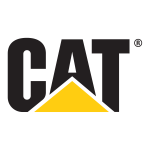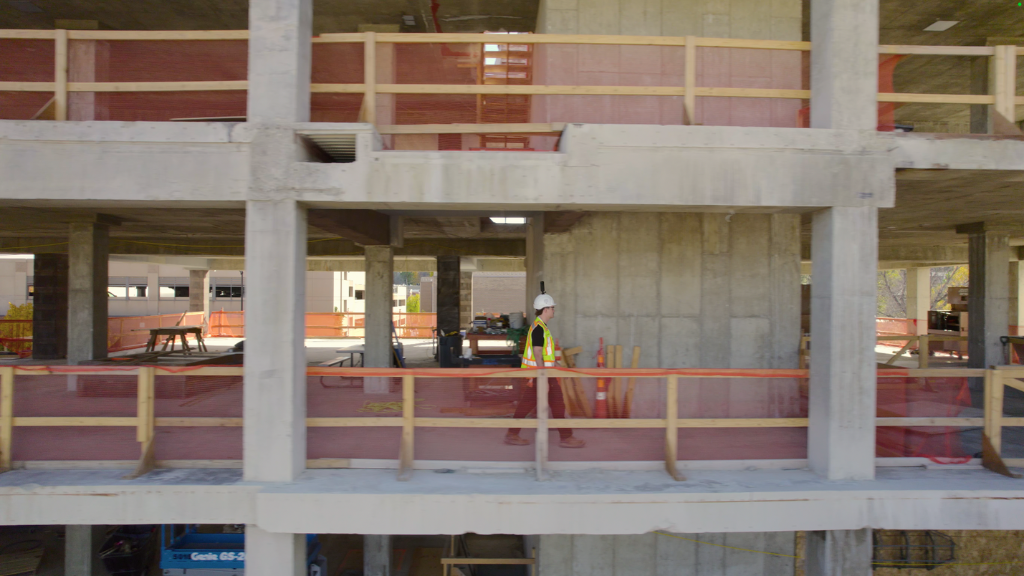Technology has changed the way we all analyze and approach business operations. Heavy equipment telematics is key among those technologies but it is still widely under-utilized or not used at all. Craig E. Cutting, construction technology applications consultant for Caterpillar explains the benefits of telematics and how it can improve your operations and reduce costs.
A recent survey conducted by the Association of Equipment Manufacturers, the Association of Equipment Management Professionals and Caterpillar found that only half of equipment managers are using telematics. In addition, their use is limited to assessing a single parameter, such as idle time. All other owners and managers are generally relying on manual, operator-entered data.
Competitive advantage
When used effectively, the data we have available today can be as much of a competitive advantage as the expertise people bring to a jobsite. For example, it is possible for equipment managers to know at a glance where their machines are, what they are doing and where there may be room for improvements.
Adopting new technologies can seem daunting. Considering the vast amounts of data that can be tracked and analyzed by tapping into a fleet’s telematics systems, it’s easy to become overwhelmed and apprehensive about getting started. Making use of the world of information that’s available is hugely valuable to a construction company’s bottom line, competitiveness and profitability. The key benefits a telematics system is capable of offering right away include:
Fleet utilization and productivity
Benchmarking fuel burn, idle time and operator techniques are just some of the ways an equipment manager can improve performance of a single machine or an entire fleet, which can have a dramatic effect on a company’s bottom line.
You can track and analyze everything from a single data source for an individual piece of equipment to productivity of the entire fleet. Those insights will help you identify where efficiency improvements are needed to improve cycle times and productivity, manage where material is and where it is going, receive near real-time volume information, and make informed decisions on project goals that reduce rework.
Managing your equipment – all of it
Maximum uptime is the goal of every construction crew. To avoid unscheduled downtime and keep projects profitable, telematics systems ensure a constant flow of data to keep operators and owners informed. From automatic alerts of critical issues to tracking maintenance schedules, having access to equipment performance and health is key to running a smooth and successful operation.
Visibility through a mobile interface
Insight into equipment fleet statistics can be accessed from anywhere, at any time, and provides valuable information that can be acted upon quickly. Detailed data can be accessed through a mobile device or tablet, allowing decisions to be made remotely that could save time, money and aggravation.
Asset tracking
Heavy equipment thefts are a primary reason why insurance costs are so high. It’s essential for managers to know hours worked and locations of their assets. The telematics technologies that exist in construction fleets allow real-time access to see where machines are and when they are active.
Managing a mixed fleet
Most construction companies’ fleets include machines from a wide variety of manufacturers, and each of those OEMs has its own proprietary telematics system. Caterpillar has recently introduced mixed-fleet capabilities into its telematics system for delivering information into a single dashboard, giving a complete view into a company’s entire fleet, regardless of the manufacturer.
Competitive bidding
The more you know about your fleet, the easier it is to anticipate costs and trim the fat from your bids. Having fleet productivity information at your fingertips allows more competitive bidding estimates by understanding machine utilization from previous projects. This information allows companies to gauge what they can or can’t do and to provide accurate scopes of work and estimates, which help ensure everyone is satisfied from beginning to end.
Fluids analysis
Knowing what’s going on inside the machine is imperative to prevent breakdowns and maintenance issues. Telematics provide information to help customers make maintenance decisions, reduce owning and operating costs, and maximize component life based on real-time fluids analysis.
Beyond standard telematics
When the data that’s available through the standard telematics offering is not enough, another solution consists of switches that can be installed to measure or monitor desired parameters on the machine, such as the pressure in a hydraulic cylinder, for example. These switches can provide greater insight to help you make informed decisions.
The bottom line is that telematics systems provide fleet managers with data that have endless uses. But there’s no need to manually dig to the bottom of the huge data pile. It’s simple to get started, and the information you can access adds value the moment you begin looking at it.
It quickly becomes as simple and intuitive as using a smartphone, and the benefits – improvements in security, operating costs, fleet management, fleet efficiency and real-time data analysis – are too powerful to ignore. Telematics systems let your machines communicate with you to help run your business more effectively, more efficiently, and with higher profit margins. Who wouldn’t want that?



